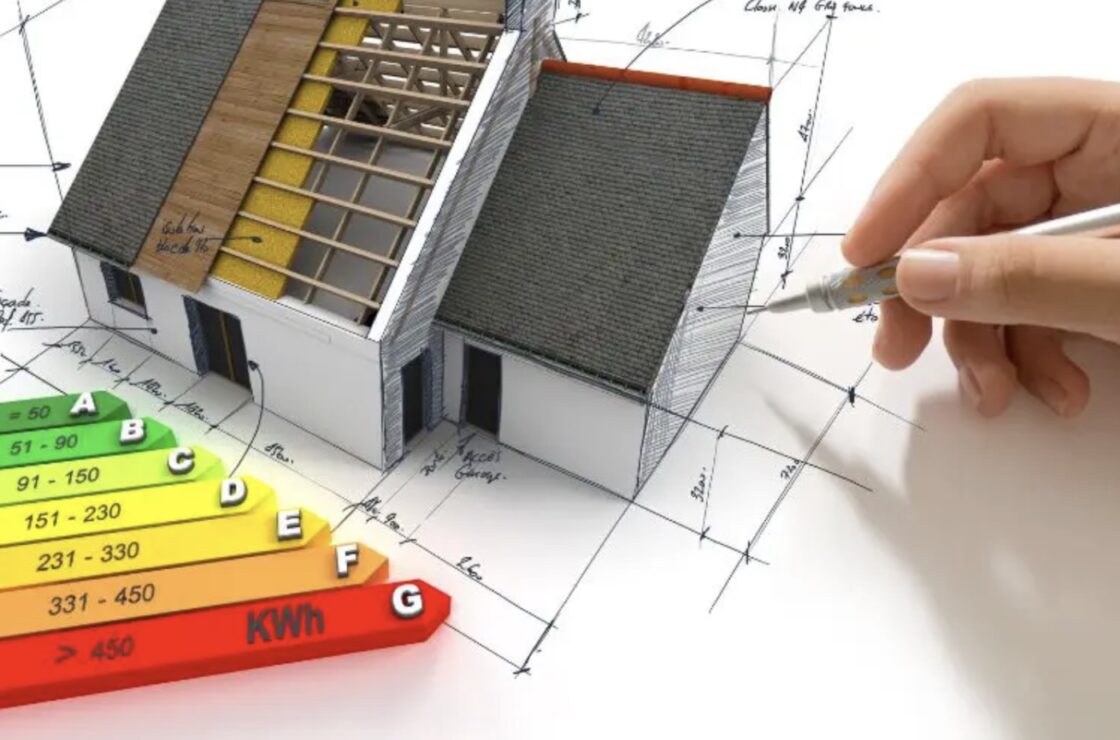Most houses that were built only a dozen or so years ago do not meet today’s energy efficiency standards. Properly carried out thermal modernization of the house will improve the energy efficiency of the building, and what’s more – it will allow you to save up to 60% on heating and take care of the environment, among others. by replacing old heating devices.
The term thermal modernization covers a number of activities aimed at reducing the building’s demand for thermal energy. The works include, among others: insulation of the building’s external walls, modernization of the heating and ventilation system and replacement of windows and external doors. Thermal modernization of a building is therefore a serious undertaking, but its costs pay off in the form of lower electricity bills and a smaller carbon footprint of the building.
Properly carried out thermal modernization usually consists of 3 stages.
The first step is renovating the external envelope to reduce the energy demand for heating and cooling.
This includes the thermal insulation of external walls, floors, roofs and attics as well as the replacement or modernization of doors and windows. It can also involve shading, eliminating thermal bridging and ensuring air-tightness (preventing heat loss through openings and gaps), and guaranteeing vapor transmission as well as winter-summer thermal comfort.
While modernizing the building’s structure, it is recommended that the heating system be controllable, otherwise the building will become overheated. Only propose modernizing the building’s structure if an automatic temperature control is already in place. If automatic temperature control has not been provided, it is recommended to install a central weather-dependent control mechanism at the heat generator, as well as a thermostatic valve on the radiators.
The second step involved the renovation of technical systems such as heating, domestic hot water, cooling and ventilation systems, and built-in lighting.
Modernizing the technical equipment proceeds together with the renovation works of the building’s structure. This means that boilers with a lower output and smaller heat transfer appliances could be sufficient, thus no oversizing occurs and the investment costs are lower.
The renovation works could involve implementing smart building management systems to efficiently monitor and control energy usage. Smart systems and building automation can optimize energy use, controlled based on demand. Managing these items ensures a healthy environment, good indoor air quality, a pathogen-free environment and occupant comfort in summer and winter, with low energy consumption.
Upgrading the lighting system is another essential aspect, focusing on improving energy efficiency and overall building functionality. It can generally be done independently of other works at any time, but it is advisable to coordinate improvements to the solar energy system and the lighting system.
The third step is producing energy from renewable sources to fulfil a significant portion of the building’s energy needs.
In all cases, it is important to explore renewable energy options. In multi-apartment buildings the most commonly considered options are the solar PV installations and heat pump systems.
Solar photovoltaic (PV) systems can offer several benefits in multi-apartment buildings, both for individual residents and the overall community, including environmental impact, cost savings, a degree of energy independence by generating electricity on-site, increased property value. It’s important to note that the applicability of PV systems depends on many factors, such as available sunlight, local regulations, financial incentives, the specific energy needs of the building, or the availability of rooftop areas. As technology advances and costs decrease, the range of applications for solar PV continues to expand.
Heat pump systems are energy efficient at low heating temperature scales (e.g., 45/40°C or 40/35°C) and are therefore recommended for surface heating (floor, wall, ceiling) or fan-coil systems. For deep renovations, retrofitting the surface heating/cooling or resizing the heat transfer system to a low temperature scale is recommended.



